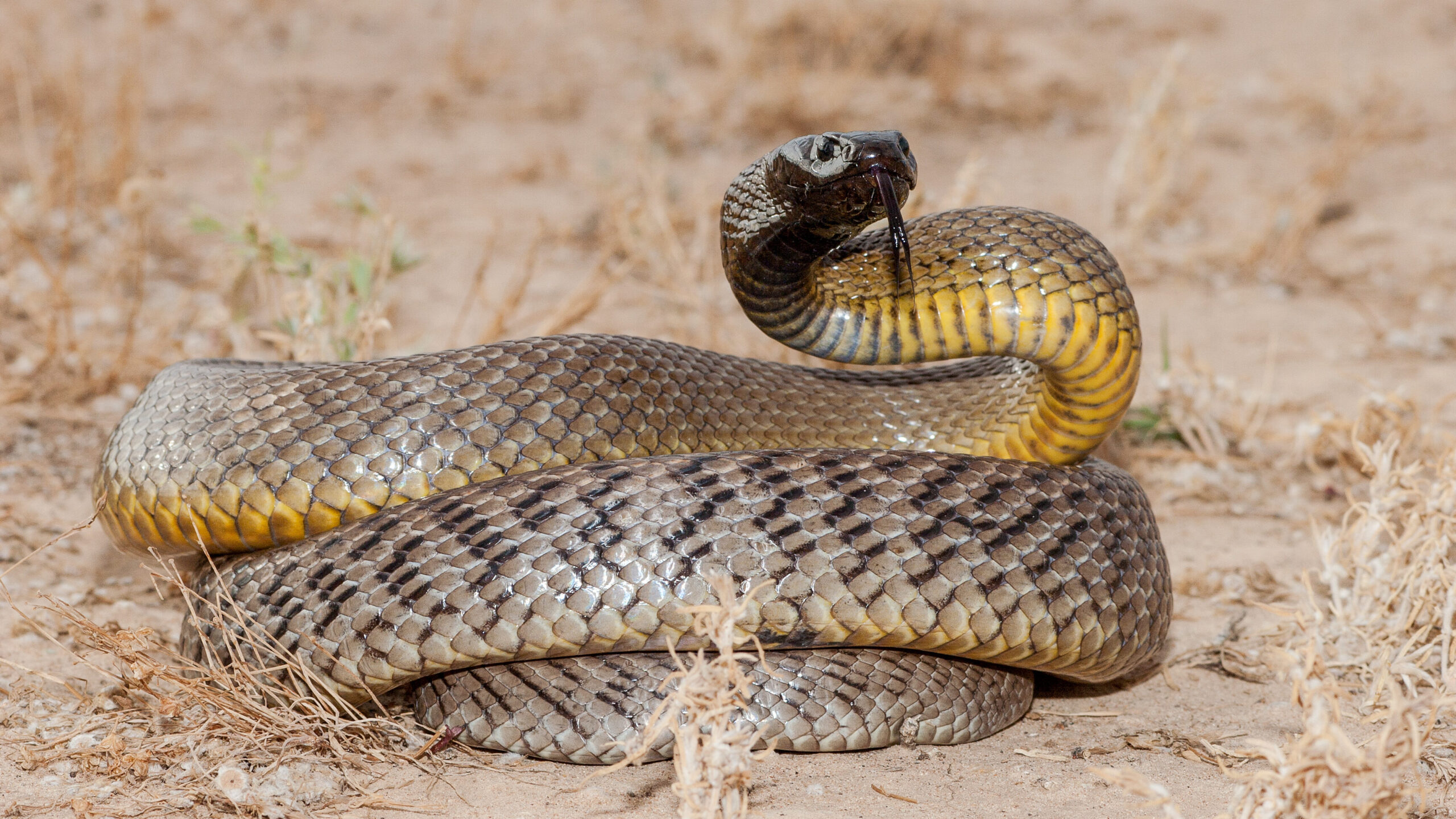Introduction
When it pertains to poisonous serpents, Australia is home to a few of one of the most remarkable and harmful varieties on the planet. Amongst these, the Tiger Snake stands out not only for its potent venom yet also for its appealing actions. Recognizing the behavior of venomous serpents like the Tiger Serpent is essential for both wild animals lovers and those living in locations where these snakes are present. This article explores numerous facets of Tiger Snake habits, habitat, identification, precaution, and emergency treatment methods in situation of a snake bite.

Understanding the Behavior of Venomous Snakes Like the Tiger Snake
The Tiger Snake, clinically referred to as Notechis scutatus, is well-known for its aggressive nature when endangered. These serpents display a series of habits that can be quite various from their non-venomous equivalents.
Characteristics of Tiger Snakes
The Tiger Serpent is quickly well-known due to its unique bands or red stripes that look like a tiger's markings. They can vary in color from yellowish-brown to dark olive or black. This coloration offers not only as camouflage but also as a caution signal to possible predators.
Adaptability to Environment
One impressive facet of their behavior is their flexibility to various atmospheres. Discovered primarily in coastal regions, marshes, and wetlands throughout Australia and Tasmania, they can flourish in varied habitats including urban locations.
Hunting Techniques
Tiger Serpents are ambush killers largely feeding upon fish, frogs, and little creatures. They have keen vision and an intense feeling of scent which assists them in locating target effectively.
Venom Composition
Their venom contains neurotoxins that influence the nervous system, resulting in paralysis or fatality in smaller animals. For humans, prompt medical focus is important after a tiger serpent bite because of its possibly deadly effects.
Natural Habitat of Tiger Snakes
Preferred Locations
Understanding where these serpents live sheds light on their behavioral patterns. The tiger snake habitat consists of:
- Coastal regions Swamps Grasslands Urban areas with plentiful water sources
Seasonal Movements
During warmer months, Tiger Snakes are a lot more energetic as they indulge in sunlight or hunt for food. In contrast, cooler months see them pulling away into hibernation sites.
Are Tiger Snakes Venomous?
Yes! The inquiry "are tiger snakes poisonous?" commonly develops among those unfamiliar with this varieties. Their poison is considered among the deadliest among all snake species worldwide.
Symptoms of a Tiger Snake Bite
If bitten by a tiger serpent, signs and Additional resources symptoms might include:
- Localized pain Swelling at the bite site Nausea and vomiting Sweating and confusion
Immediate clinical help is crucial as neglected attacks can result in serious health and wellness complications or even death.

First Aid for Snake Bites: Quick Response Guide
Knowing exactly how to administer first aid for a serpent bite could conserve someone's life. Here's what you ought to do:
Step 1: Remain Calm
Keeping tranquility helps slow down heart rate which decreases venom spread.
Step 2: Incapacitate the Affected Area
Keep the affected limb still and below heart level if possible.
Step 3: Call Emergency Situation Services
Always look for professional clinical assistance right away after a snake bite.
First Help for Serpent Bite Kit Essentials
First aid for snake bitesA fully equipped snake bite first aid kit need to consist of:

- A compression bandage Antiseptic wipes A pair of scissors A cold pack
Safety Precautions: Preventing Snake Bites in Australia
Awareness Programs
Educating areas regarding neighborhood serpent varieties and their behaviors can considerably lower experiences causing bites.
Avoiding Unsafe Areas
Staying far from long lawn throughout warmer months reduces contact with serpents that could be resting or hunting.
Common Misconceptions Concerning Tiger Snakes
Many individuals think mistaken beliefs about the actions of tiger serpents lead to unnecessary anxiety. Here are some explanations:
Myth 1: All Tigers Are Aggressive
Not all tiger snakes will certainly display hostility if left undisturbed; lots of choose taking off rather than confrontation.
Myth 2: They Chase Humans
Tiger snakes do not actively chase hoop snakes people; they might strike when they really feel intimidated however will usually pull back if given space.
Conservation Initiatives Related to Venomous Snakes
Conservation initiatives focus on educating communities about protecting regional wild animals while lessening human-snake interactions.
Importance of Ecosystems
Understanding that venomous snakes play a crucial role in maintaining eco-friendly equilibrium helps foster appreciation instead of fear towards them.
FAQs Regarding Tiger Snakes
What needs to I do if I encounter a tiger snake?- Maintain distance and slowly retreat without sudden movements.
- While bites aren't extremely common because of understanding initiatives, they still occur every year within Australia.
- Baby tiger snakes can deliver full doses of poison regardless of being smaller sized; thus care is encouraged around them.
- They largely take in frogs, fish, small creatures like rodents, and various other reptiles.
- It's unlawful in most territories without proper licensing because of safety worries concerning their venom.
- Wear sturdy boots and remain on marked routes; look before placing hands or feet right into concealed rooms like rocks or logs.
Conclusion
Understanding the behavior of poisonous snakes like the Tiger Snake not only improves our expertise however additionally advertises safety awareness among those living near their habitats. From recognizing their characteristics, recognizing emergency treatment methods following a bite, with engaging preservation initiatives-- every aspect plays a crucial function in cultivating coexistence with these interesting reptiles while respecting their area within our ecosystem.
As we grow our understanding via education and experience, we contribute favorably toward ensuring both human safety and security and wild animals conservation-- benefitting all events involved!